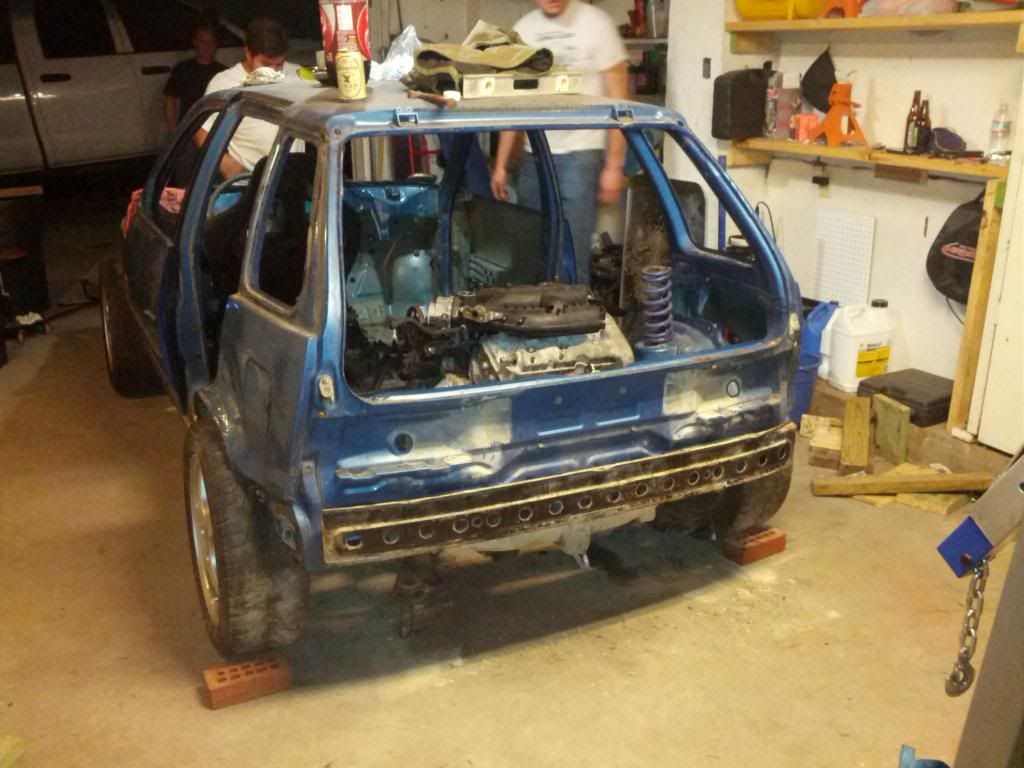I've got to disagree with that. You've got that backwards, if anything. Torque sells cars, horsepower wins races. Torque creates the forward thrust that you feel in the car. It's what can make a car feel fast.
Races are always about covering a certain distance the fastest. Horsepower, by definition, is work done (distance traveled) over time. Horsepower is the rate at which torque is applied.
What's even more important than horsepower? Weight. Racing (the stuff I do anyways) involves accelerating the car in 4 primary directions. Left, right, acceleration, deceleration. Adding horsepower only helps with one of those. Reducing weight, that directly helps all 4.


